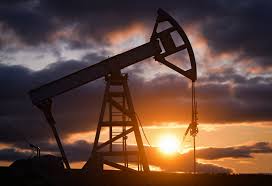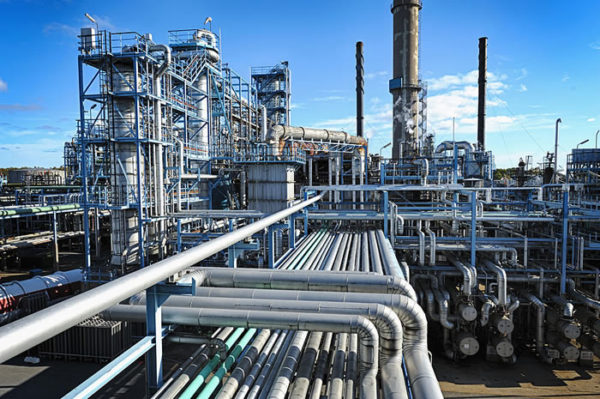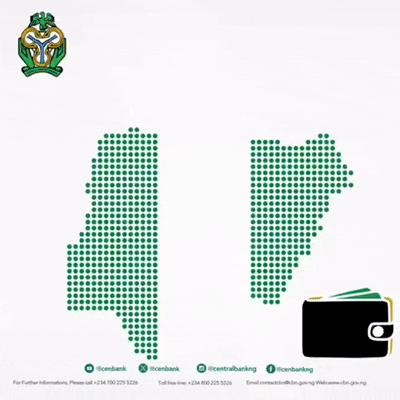Oil prices were little changed on Friday and heading for a weekly gain as investors weighed the impact of further import tariffs imposed by U.S. President Donald Trump and threats of sanctions.
Brent crude futures were down 16 cents, or 0.2%, at $71.54 a barrel by 1254 GMT. U.S. West Texas Intermediate crude was down 1 cent at $69.25.
Prices stabilised on Friday after losing more than 1% in the previous session, though Brent and WTI remained on course for weekly gains of 4.6% and 6.5% respectively.
Investors have focused on the potential impact of U.S. tariffs on oil prices this week, with tariff rates on U.S. trading partners largely set to take effect from next Friday.
Trump signed an executive order on Thursday imposing tariffs ranging from 10% to 41% on U.S. imports from dozens of countries and foreign territories that failed to reach trade deals by his August 1 deadline, including Canada, India and Taiwan.
Partners that managed to secure trade deals include the European Union, South Korea, Japan and Britain.
READALS:Global Shares In Red After US Jobs Data, Trump’s Tariff Salvo
“We think the resolution of trade deals to the satisfaction of the market – more or less, barring a few exceptions – has been the key driver for oil price bullishness in recent days, and further progress on trade talks with China in future could be a further confidence booster for the oil market,” said Suvro Sarkar at DBS Bank.
Prices were also supported this week by Trump’s threats to impose 100% secondary tariffs on Russian crude buyers as he seeks to pressure Russia into halting its war in Ukraine. This has stoked concern over potential disruption to oil trade flows and the removal of some oil from the market.
“It is not possible to completely replace Russian oil supplies in any case, which is why effective sanctions would lead to significantly higher oil prices,” said Commerzbank analyst Carsten Fritsch.
JP Morgan analysts said on Thursday that Trump’s threatened penalties on China and India over their purchases of Russian oil potentially put 2.75 million barrels per day (bpd) of Russian seaborne oil exports at risk. China and India are the world’s second and third-largest crude consumers respectively.
Meanwhile, a group of eight OPEC+ will likely approve another oil output hike on Sunday, sources familiar with the discussions said, adding that the producer group was still debating the final size of the increase for September.
Three sources told Reuters the producers could boost output by 548,000 barrels per day in September while a fourth source familiar with OPEC+ talks said discussions on the volume were ongoing and the hike could be smaller.














